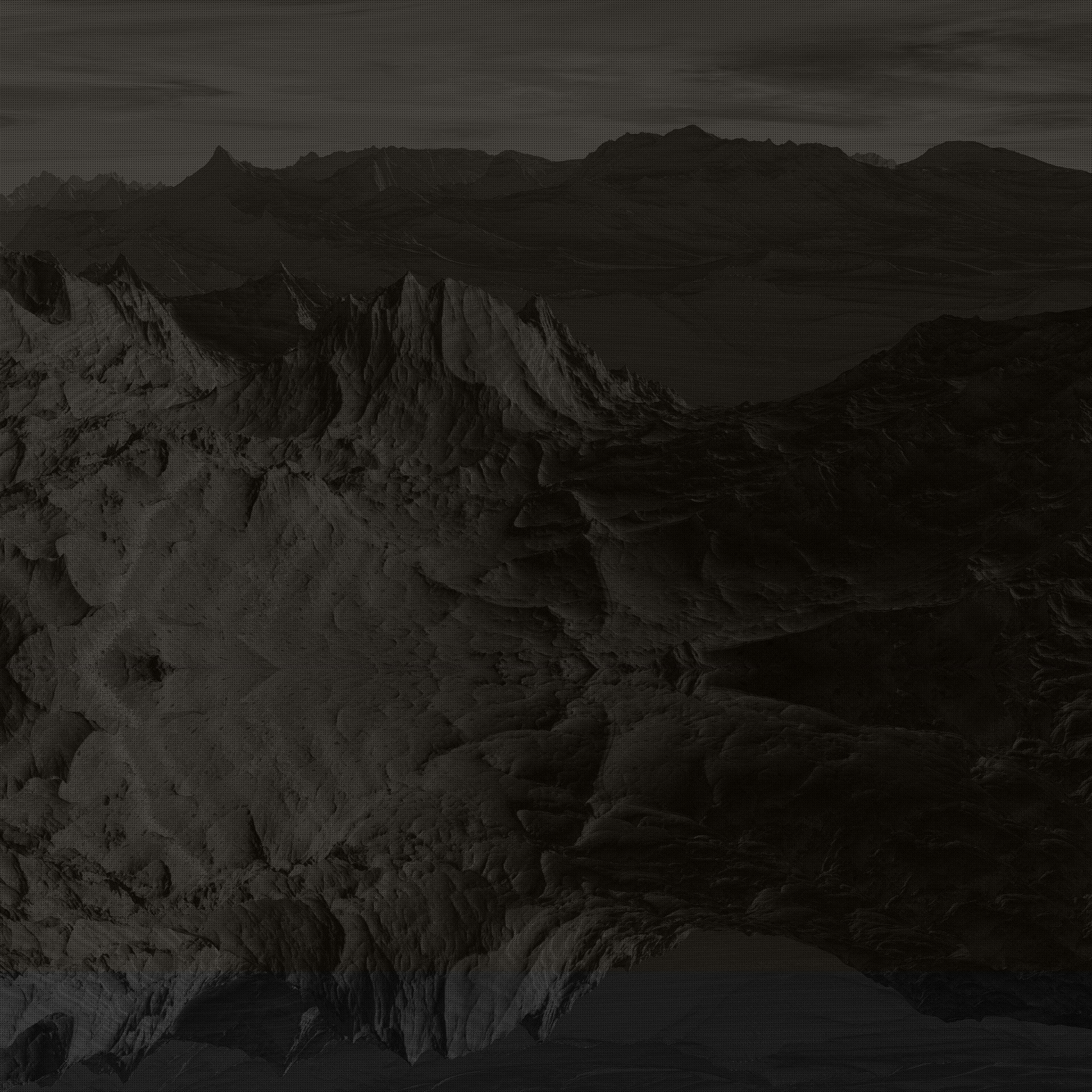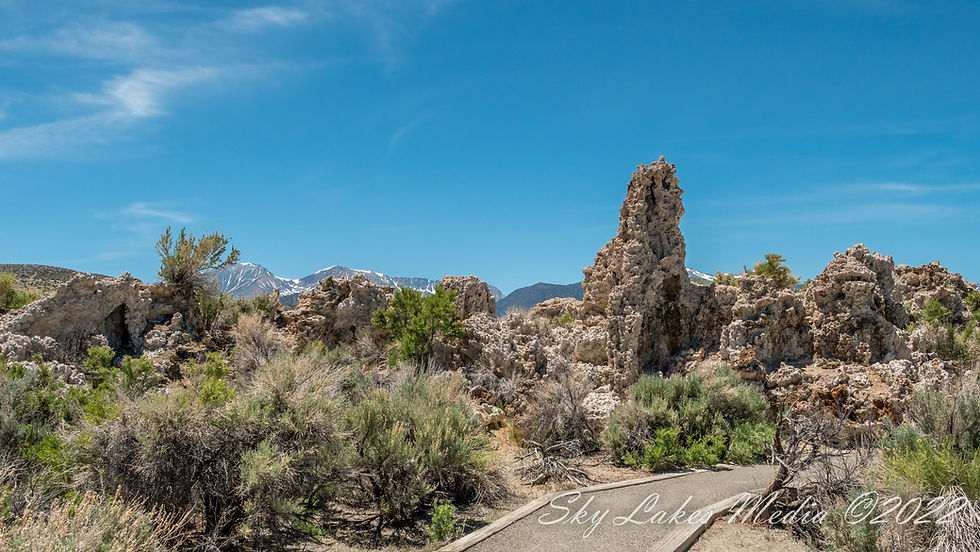Bodie California a Historic Ghost Town
- Mark Unger
- Jul 12, 2022
- 2 min read
Bodie began as a mining camp following the discovery of gold in 1859 by a group of prospectors, including W S Bodey. Unfortunately Bodey died in a blizzard the following November while making a supply trip to Monoville, never getting to see the rise of the town that was named after him. According to an area pioneer the district's name was changed from "Bodey, to "Bodie," after a painter in the nearby town of Aurora, made a sign "Bodie Stables".
Gold discovered at Bodie coincided with the discovery of silver at nearby Aurora and the distant Comstock Lode in Virginia City, Nevada. While these two towns boomed, interest in Bodie remained lackluster by 1868 only two companies had built stamp mills at Bodie and both failed
In 1876, the Standard Company discovered a profitable deposit of gold –bearing ore, which transformed Bodie from an isolated mining camp comprising a few prospectors and company employees to a Wild West boomtown. Rich discoveries in the adjacent Bodie Mine during 1878 attracted even more hopeful people. By 1879, Bodie had a population of approximately 7,000–10,000 people and around 2,000 structures. Over the years 1860-1941 Bodie's mines produced gold and silver at an estimated $85 million at today’s value.
As a bustling gold mining center, Bodie had the amenities of larger towns, including a Wells Fargo Bank, four volunteer fire companies, a brass band, railroad, miners' and mechanics' union, several daily newspapers, and a jail. At its peak, 65 saloons lined Main Street, which was a mile long. Murders, shootouts, barroom brawls, and stagecoach holdups were regular occurrences in and around Bodie.
On Main Street stands the Miners Union Hall, which was the meeting place for labor unions. It also served as an entertainment center that hosted dances, concerts, plays, and school recitals. It now serves as a museum.
The first signs of decline appeared in 1880 and became obvious toward the end of the year. Promising mining booms in Butte, Montana: Tombstone, Arizona: and Utah lured miners away from Bodie. The get-rich-quick, single miners who came to the town in the 1870s moved on to these other locations, and Bodie developed into a family-oriented mining community. In 1882 residents built the Methodist Church (which still stands) and the Roman Catholic Church which burned the ground around 1930. Despite the population decline, the mines were flourishing, and in 1881 Bodie's ore production was recorded at a high of $3.1 million. In 1881, a narrow-gauge railroad was built called the bringing lumber, cordwood, and mine timbers to the mining district from Mono Mills south of Mono Lake.
In 1910, the population was recorded at 698 people, which were predominantly families who decided to stay in Bodie instead of moving on to other prosperous strikes.












































































































































































Comments